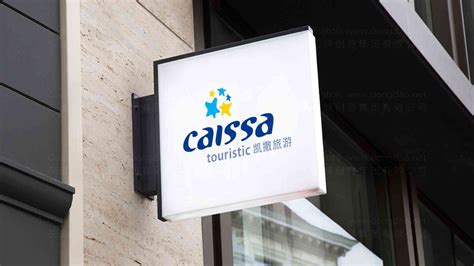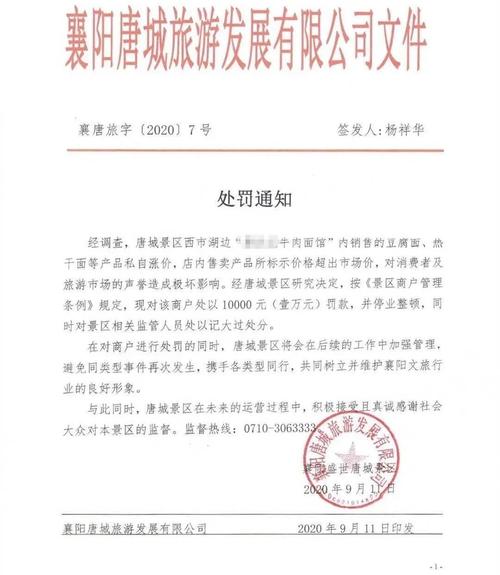旅游景区的英语标识图片
Creating English Signage for Tourist Attractions
When creating English signage for tourist attractions, it’s important to consider clarity, accuracy, and cultural sensitivity to effectively communicate with international visitors. English signage should be informative, engaging, and easy to understand. Here are some key considerations and best practices for creating English signage for tourist attractions:
1.
Clarity and Accuracy
: Use simple and clear language to convey information effectively. Avoid complex sentences and use commonly understood words. Doublecheck the accuracy of the information to avoid any misunderstandings.2.
Cultural Sensitivity
: Be mindful of cultural differences and ensure that the signage is respectful and inclusive. Avoid language or imagery that could be misconstrued or cause offense to visitors from diverse backgrounds.3.
Information to Include
: Provide essential information such as the name of the attraction, opening hours, ticketing information, and any guidelines or rules that visitors need to be aware of. Include a brief overview of the attraction's history, significance, and key features.4.
Engagement and Appeal
: Use language that captures the imagination and interest of visitors. Highlight unique aspects of the attraction and create a sense of anticipation about the experience they are about to have.5.
Language Assistance
: Consider including commonly used phrases in multiple languages to assist nonEnglish speaking visitors. This could include greetings, directions, and emergency information.6.
Visual Elements
: Incorporate universally understood symbols and icons to enhance visual communication. Use highquality images or illustrations that complement the text and provide further context.
7.
Consistency
: Maintain consistency in terms of style, fonts, and color schemes to create a unified and professional look across all signage within the attraction.8.
Localization
: If the attraction is located in an area where a specific dialect or regional form of English is spoken, consider localizing the language to resonate with the regional visitors.9.
Accessibility
: Ensure that the signage is accessible to all visitors, including those with disabilities. Use appropriate font sizes, color contrasts, and consider providing braille translations where necessary.10.
Feedback and Testing
: Before finalizing the signage, gather feedback from native English speakers and international visitors to ensure that the information is clear and effectively communicated.By paying attention to these key considerations and best practices, destinations can create English signage that enhances the overall visitor experience and contributes to their enjoyment and understanding of the attraction.
Remember, effective English signage is not just about translation; it's about creating an inclusive and welcoming environment for all visitors.
Creating effective English signage for tourist attractions goes beyond mere translation; it requires thoughtful consideration of language, culture, and the overall visitor experience. By incorporating these considerations, attractions can ensure that their English signage is both informative and welcoming to international visitors.








评论